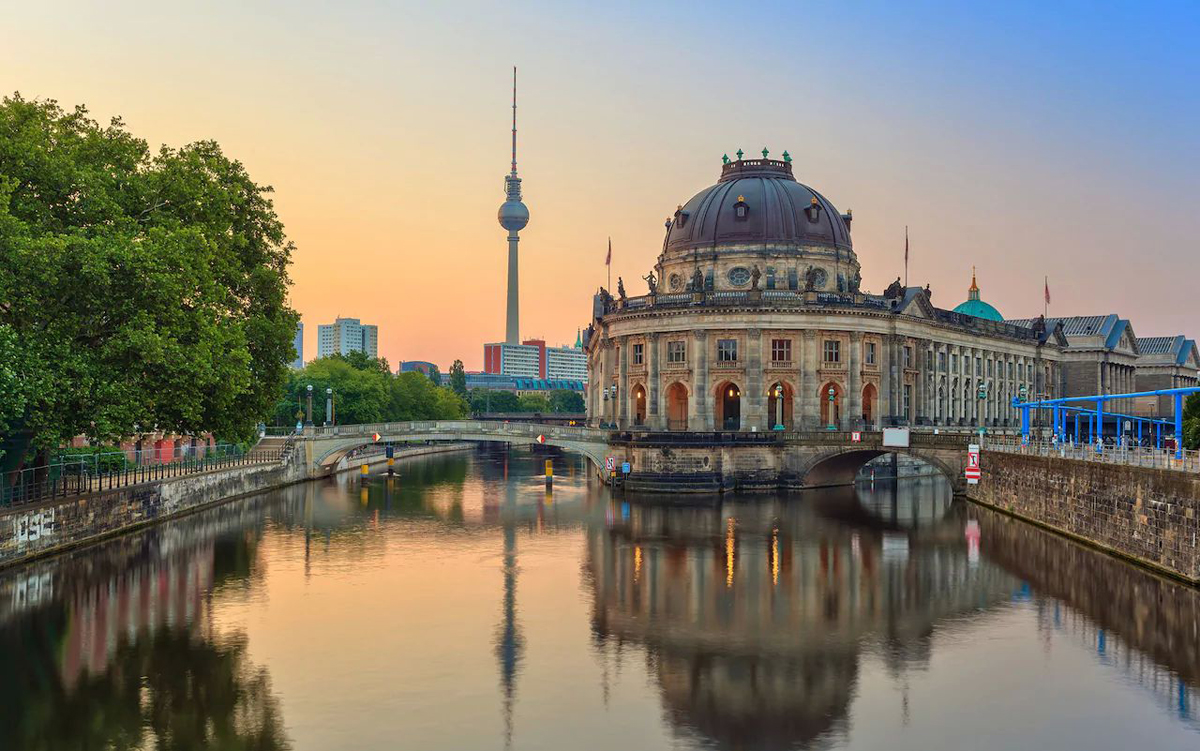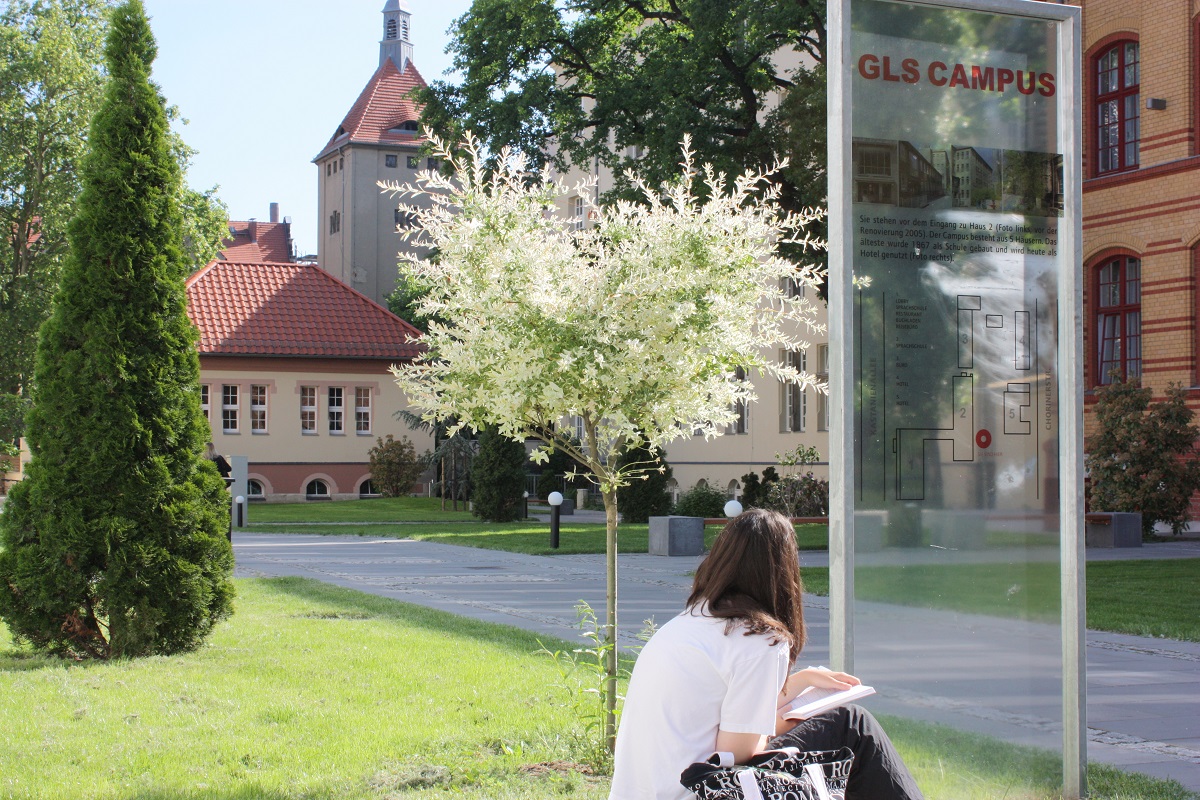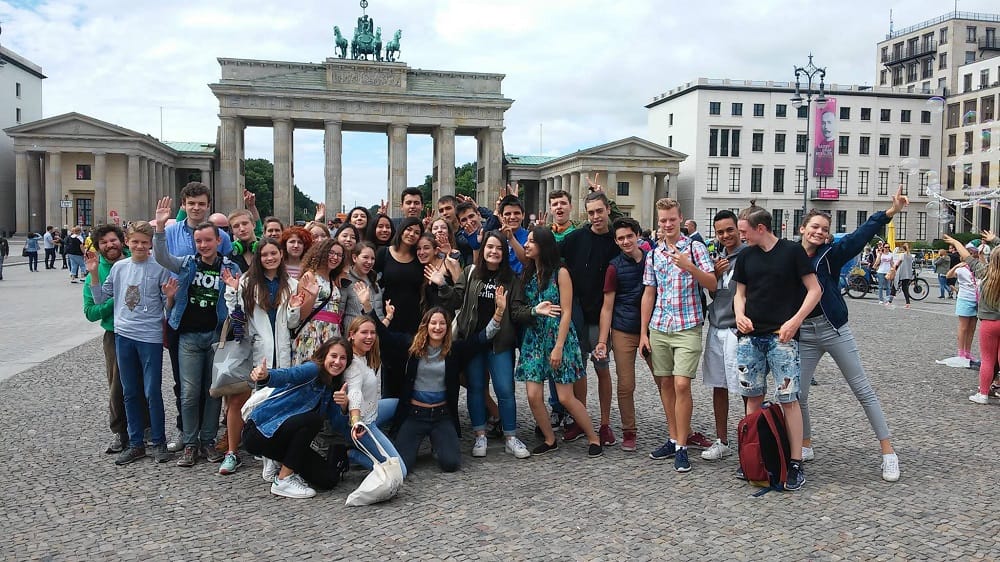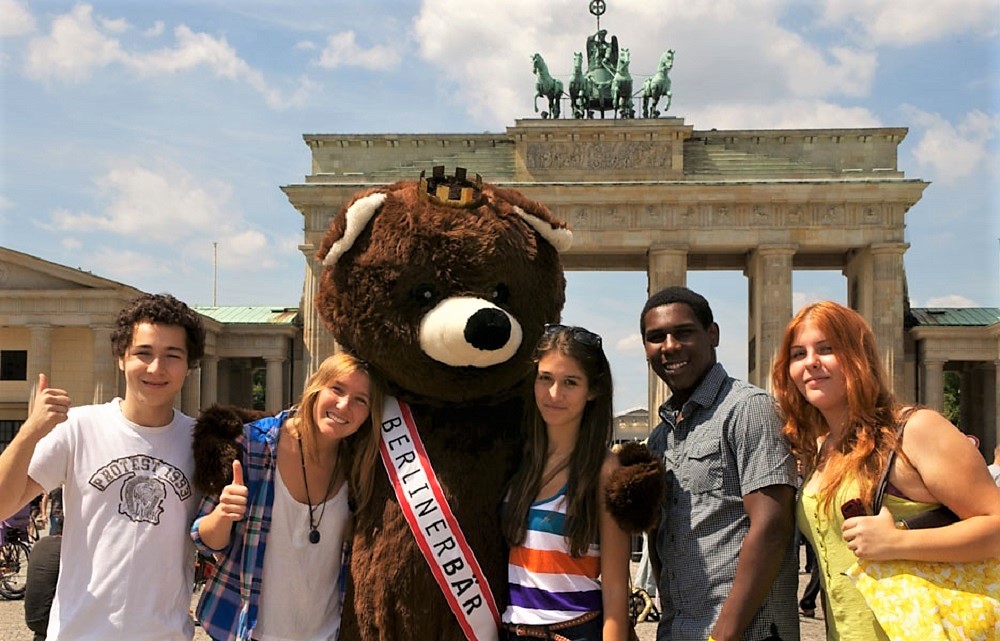
German Courses in Berlin
Overview
Berlin is not only the capital of Germany, but also in many ways the capital of Europe, sitting at the crossroads of the East and West. Germany serves as the continent’s largest economy and the world’s fourth largest overall. It’s a major player in industry, engineering, science, and renewable energy. As a country known for its rich culture, world-famous festivals, beautiful landscape, and war-torn history, it makes for a compelling study abroad destination. The city attracts young people, freethinkers, entrepreneurs, artists, and scholars, and of the 3.5 million inhabitants, over one-third are from outside Germany. As a study abroad student, students can look forward to world-class experiences on a student budget, government subsidies for some types of programs, fascinating classmates, easy connections for travel across Europe, and a non-stop social life outside of the classroom.
Language Schools and Camps in this Destination
In Berlin, Marshall Language Services also works with the following schools:
- BWS Germanlingua Berlin
- Deutsch in Deutschland Berlin (did Berlin)
- Carl Duisberg Centrum Berlin
Images of Berlin, Germany
Things to Do and See During a Vacation Study
Reichstag
Burned during World War Two and restored in the 1990s, the Reichstag is the seat of the German Parliament and one of Berlin’s most famed landmarks.
Museum Island
The Unesco heritage Museum Island comprises five conveniently adjacent museums, all located on an accessible “island” along the Spree river.
Checkpoint Charlie and The Mauer (Wall) Museum
Checkpoint Charlie was the main entry point for visitors wanting to cross the infamous Iron Curtain to East Berlin during the division of the city, and the spot where, in 1961, US and Russian tanks lined up to face each other in what the world believed could be the start of another war. The Mauer Museum documents the history of the hated Berlin wall and East Germans’ efforts to escape the DDR.
Brandenburg Gate
One of the best-known landmarks of Germany, the 18th Century neoclassical Brandenburg Gate is located in the western part of the city center. The gate is the monumental entry to Unter den Linden, the renowned boulevard of linden trees, which led directly to the royal City Palace of the Prussian monarchs. Today, it is considered not only as a symbol of the tumultuous history of Europe and Germany, but also of European unity and peace.
Jewish (Jüdisches) Museum
The museum contents cover more than 2,000 years of Jewish history, from the Roman era to the present day, arranged in 14 different rooms and areas.
Memorial to the Murdered Jews of Europe
This memorial is made up of 2,700 concrete slabs (stelae) arranged in a neat grid spread across 200,000 square feet of central Berlin, near the Brandenburg Gate.
Kurfürstendamm
This avenue (also known as the Ku-damm) is one of the most famous streets of Berlin, lined with elegant shops, private homes, hotels and restaurants.
Alexanderplatz
Located in the former East Berlin, Alexanderplatz, or (“Alex”) is an important transport junction and has many great tourist attractions within walking distance. It is surrounded by several notable structures including the iconic Fernsehturm (TV Tower), the second tallest structure in the European Union.
Gendarmenmarkt
The most famous public square in Berlin, the Gendarmenmarkt hosts three landmark buildings: the Französischer Dom (French cathedral), Deutscher Dom (German cathedral) and the Konzerthaus (concert hall). In the middle of the square is a statue of Friedrich Schiller, a famous German poet.
How to Arrive at your Language Course
By Plane
Tegel International Airport: This airport is a 25-minute drive from the city center. Buses X9 and 109 run about every 10-15 minutes to Bahnhof Zoologischer Garten; the Jetexpressbus TXL goes to Friedrichstrasse, Unter den Linden and Alexanderplatz. On the U-Bahn and S-Bahn lines, the nearest train stations are Jakob-Kaiser Platz on line U7, which is 5 minutes from the airport by bus X9/109, Kurt-Schumacher Platz on the U6, 10 minutes from the airport by bus 128, and Beusselstraße S41/S42, which is connected to the airport with an express bus.
Schönefeld Airport: The airport is served by public buses, the S-Bahn and regional trains. There are trains running from the airport to the city on the S-Bahn until 1:30 AM. Bus X7 runs from the airport to Rudow, where it is possible to transfer to the U-Bahn for Berlin. S-Bahn lines S49 and S9 take about 45 minutes to get to the centre, or the Airport Express (leaving every 15-30 minutes) goes to Hauptbahnhof, Zoologischer Garten, Friedrichstrasse, Alexanderplatz and Ostbahnhof.
By Train
There are two train companies in Berlin. The main stations are Hauptbahnhof, near the city center, which connects to the city’s S-Bahn or U-Bahn lines, Ostbahnhof, in the East, and Südkreuz in the South.
By Bus
Buses to Berlin come in from hundreds of cities around Europe. The central Bus Station is Zentraler Omnibusbahnhof and is located in Charlottenberg, a neighborhood in the far west of Berlin.




























